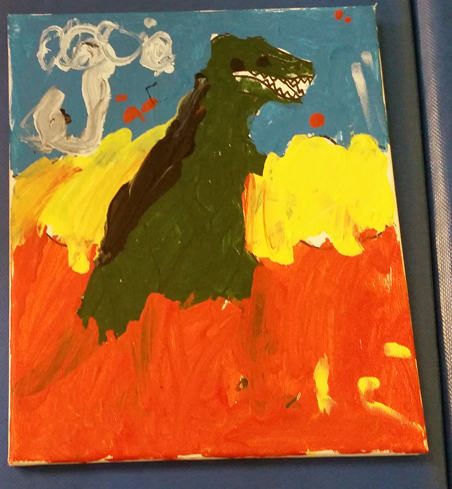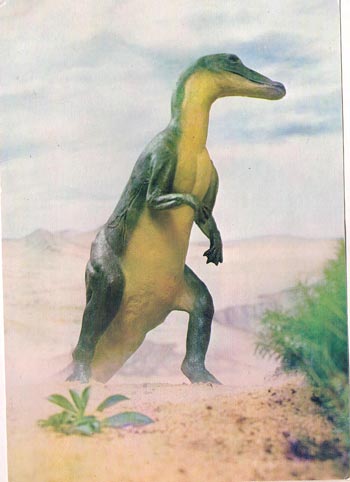Quick Preview of New for 2016 Papo Models
Papo Dinosaurs Previewed (Plus that Papo Kaprosuchus)
As the excitement builds with dinosaur fans and model collectors awaiting the new for 2016 prehistoric animal models from Papo, we thought we would tease Papo fans a little by publishing a short video which shows all five models. In this short (1 minute 10 second video), an Everything Dinosaur team member introduces the five new replicas and talks briefly about two of them, the Baryonyx and the Papo Kaprosuchus (prehistoric crocodile). All the models have that “unique” Papo stamp and they are welcome additions to the Papo prehistoric animal model range.
Papo Dinosaur Models
Everything Dinosaur’s Quick Preview of the New Papo Prehistoric Animal Models
Video credit: Everything Dinosaur
Everything Dinosaur’s YouTube channel is packed with informative prehistoric animal themed videos, including reviews of many Papo dinosaur models: Everything Dinosaur on YouTube.
Articulated Jaws
All the new Papo 2016 prehistoric animal releases have articulated jaws, however, the Kaprosuchus has an articulated upper jaw, a contrast to the other four dinosaur models who all possess articulated lower jaws. This short video gives our team member the opportunity to demonstrate this.
Release Dates
Everything Dinosaur is expecting an update from Papo with regards to release dates towards the end of this month, for the time being here is the information available so far:
- The Papo Baryonyx – quarter 1 (before the end of March)
- Papo Feathered Velociraptor – quarter 1 (before the end of April)
- The Papo Running T. rex colour variant – quarter 1 (before the end of April)
- Papo Kaprosuchus – quarter 2 (June/July 2016 or perhaps earlier)
- Papo Green Velociraptor – quarter 2 (June/July 2016)
When we have more information on these models we will post the updates onto Everything Dinosaur’s Facebook and other social media pages.
Papo Baryonyx – Tripodal Stance
Everything Dinosaur is aware that there have been a number of images released on other websites that show the Papo Baryonyx in a different pose to the one seen in the official pictures, the new Papo catalogue and in this video. These images purport to show this replica in a pose with the tail raised, lifted off the ground. It might be possible to train this model and to have this dinosaur stand in a bipedal stance, but in all the models that Everything Dinosaur team members have viewed, that long tail was resting on the floor. We would urge all dinosaur fans and collectors to be cautious about this claim from other websites.
The Papo Baryonyx Dinosaur Model (New for 2016)
Picture credit: Everything Dinosaur
New for 2016 Papo Dinosaur Models
To view Everything Dinosaur’s existing range of Papo prehistoric animal models: Papo Dinosaur Models.
Although the video only provides a quick glimpse of these five new replicas, hopefully fans of the Papo range, collectors and dinosaur enthusiasts of all ages have had their appetites whetted. We look forward to adding all five of these new for 2016 models to our range over the next few months or so.











